The 10 Biggest Investment Scandals in History
From the Tulip Affair to the time Bernie Madoff made off with investor money, these remain the biggest investment scandals in history.
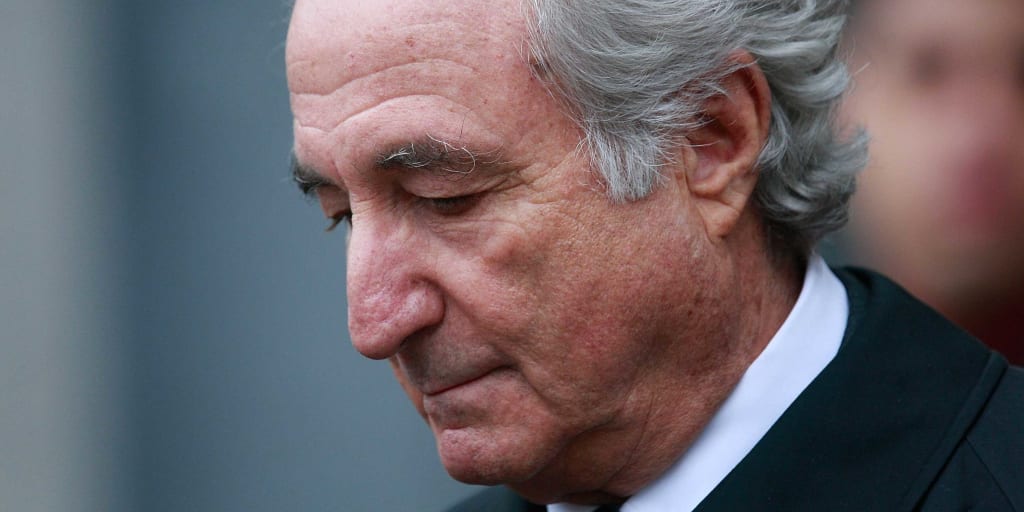
The finance world is one that is deceptively dramatic. On the surface, finance seems to be the most drama-free industry in existence. People ask, "What's so exciting about number-crunching accountants?"
Well, finance is dramatic by nature. When you're dealing with millions or even billions of dollars, emotions will run high. Greed may take over, and when that happens, fights will undoubtedly break out.
When scams get discovered, mistakes get made, or when companies collapse, the finance world gets rocked in a way that affects everyone—even those of us who have yet to start investing in the stock market.
Over the centuries, there have been several insane investment scandals that have changed the way people see money, investing, and commerce forever. Here are some of the biggest gaffes to have hit the finance sector in history.
One of the biggest investment scandals in the last century dealt with Bernie Madoff, the billionaire who was, at one point, one of the most respected men on Wall Street.
He was the man who ran Madoff Securities, helped develop NASDAQ, and regularly had the world's economic elites sing his praises. Madoff's biggest boast was a special private hedge fund that consistently offered returns of 10 to 20 percent, regardless of the economy's performance.
People who were part of the elite circles of society would do everything possible to be able to join the private fund. Many of them put all their cash into it, thinking that it would be safe with him. What they didn't know was that it wasn't a real fund; it was a Ponzi scheme.
When Bernie Madoff confessed about the Ponzi scheme to his sons, everything fell apart. People lost their entire savings, some committed suicide, and Madoff's family became instant pariahs.
Media called it one of the most heinous white collar crimes to ever be committed, and it became clear that Madoff's new title in history is the biggest fraudster to ever live, cemented by the fact that the combination of his sentences totaled to 150 years in prison.
Charles Ponzi's Scheme
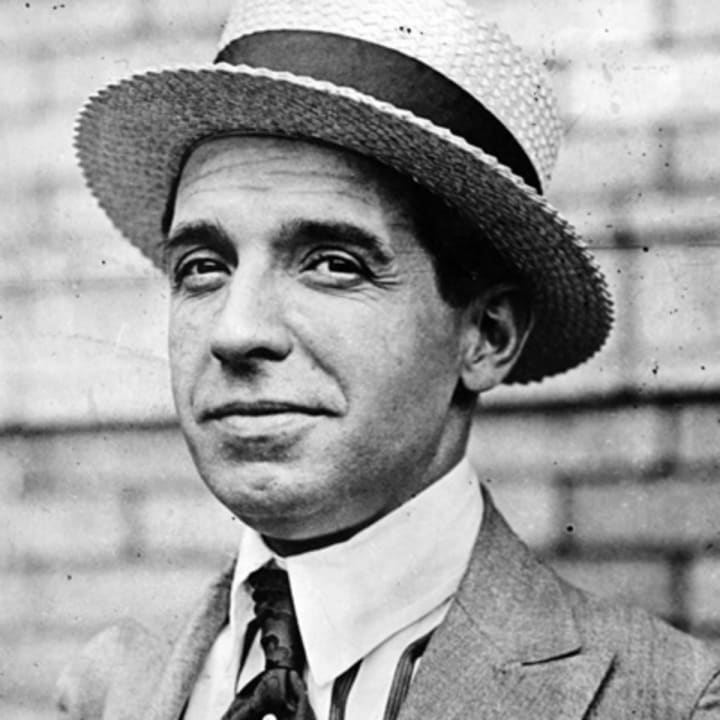
The term "Ponzi scheme" derives its name from Charles Ponzi, a schemer who lived in the 1920s. He famously promised returns of 50 percent or more for people who invested in his program. Then, he used the money from new investors to pay the first investors.
Ponzi continued to advise people to join in the scheme and stay invested in it as a way to decrease the possibility of the scam becoming insolvent. Ponzi's scheme worked for a while, but like every other scheme out there, it eventually unraveled.
By the time the scheme was discovered, five different banks were annihilated, and all the investors who stayed in lost their money.
When it comes to discussing the biggest investment scandals of the early aughts, you can't really avoid talking about the company that kicked off a massive financial meltdown. We're talking, of course, about Enron.
This massive, multinational corporation was famous for creating a wide range of products and for being a major electricity company in the state of California. Kenneth Lay, the CEO of Enron, lied about his company's health to investors.
It was later discovered that Enron had been purposefully lying about the company's accounts through the Arthur-Andersen accounting firm. Enron's stock value plummeted from $74 billion to pennies within years, eventually closing as valueless.
The discovery of the massive accounting fraud caused the stock market to go berserk. It also sparked the passing of the Sarbanes-Oxley Act, in hopes of preventing similar accounting "errors" in the future.
The Lehman Brothers Collapse
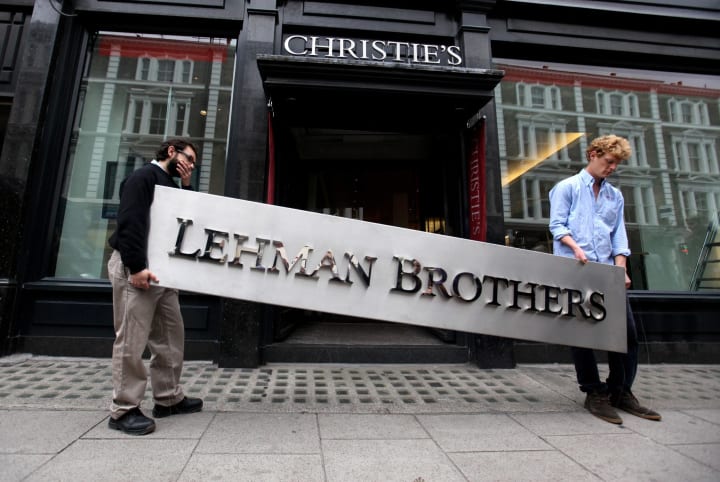
Back in the early 2000s, the Lehman Brothers investment firm was highly respected for its innovative approaches and excellent results. Then the Financial Crisis hit—and the Lehman Brothers were seen as the firm to blame due to its heavy role in subprime mortgage loans.
The bank was the largest in the world and held approximately $600 billion in assets when it folded. Foul practices ran amok, and when it failed in 2008, the result was a global crisis that took almost a decade to escape.
There was plenty of evidence that could have gotten the Lehman Brothers bank and the Ernst & Young auditors who let their practices go charged with fraud. However, neither the SEC nor the Department of Justice chose to pursue them.
Would you want to buy a historic landmark so that you could charge people money to enter it? If you had the money, why wouldn't you? It would be a great investment, and could easily mark you as one of the few members of high society.
Back in the last century, a Hungarian immigrant by the name of Victor Lustig was famous for sparking one of the most insane investment scandals of the 1920s.
Using very little aside from a piece of paper and the gift of gab, Mr. Lustig "sold" the Eiffel Tower not once, but twice, to hapless investors. The first time around, the victim didn't tell police. The second time, Lustig was reported.
Ivar Kreuger's Accounting Lies
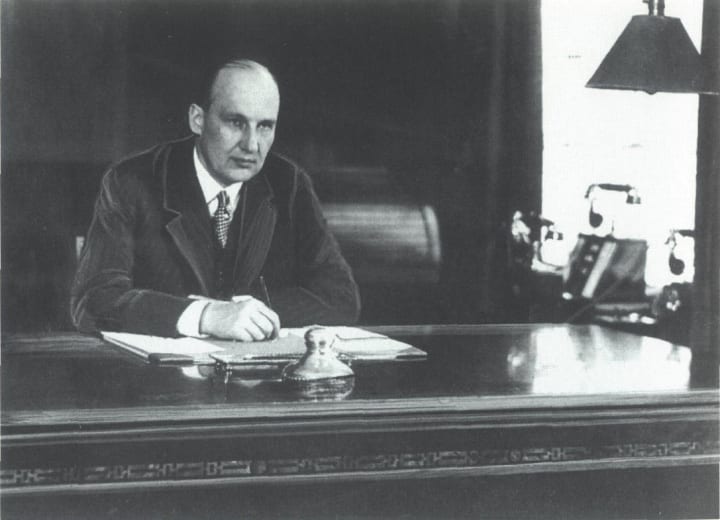
Ivar Kreuger was once a major company owner who created the majority of matchsticks used in the United States. During the 1920s, he made a killing, and owned around 75 percent of all match factory outputs in the world. He was "the Match King."
The 1929 Stock Market crash was one of the biggest stock market crashes in history. When the crash happened, Kreuger decided to get "creative" with accounting, and tried to keep his massive empire afloat.
When word got out that he lied about the profits his companies were making, he took his own life in a hotel room. He died in 1932, penniless.
Perhaps one of the biggest investment scandals to hit our nation when it was still young was the Panic of 1792. Earlier on, George Washington signed the Bank of the United States into existence.
Shortly after the bank's 1791 crisis, a small cabal of bankers hatched a scheme to profit off the new financial economy.
William Duer and Alexander Macomb decided to buy up all the United States debt and securities using loans they originated for each other. This, in turn, drove up the prices of securities.
The problem was that their loans collapsed and creditors started to ask for payments. Duer refused to pay back the loans, was sued, and the entire scheme was surfaced.
Alexander Hamilton ended up being the hero to quash this scandal from collapsing the American economy. It was the first major investment scandal to hit America.
The Teapot Dome Scandal
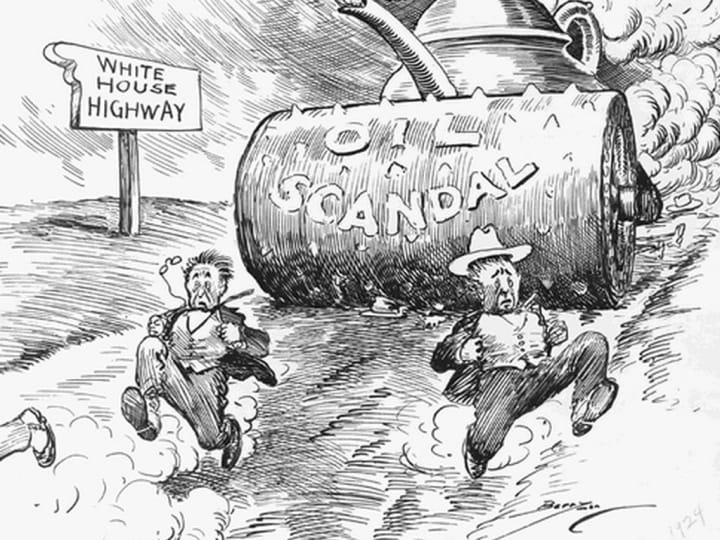
When it comes to corruption, Gilded Age politicians would easily be able to fit in with the Trump administration's corruption. Even when Warren G. Harding was in power, it was clear some leftover corruption still existed.
In this investment scandal, the US government granted leases of the Teapot Dome oil reserves to private companies for an exceptionally low rate. The "investment" came with a bribe in the form of decadent gifts and more towards the Harding administration.
When the details of the deal came out, the Harding administration's reputation was permanently damaged.
Back before Beatlemania, there was Tulip Mania. Well, sort of. This "mania" was one of the most massive investment scandals of the 17th century, and it happened in Denmark.
In 1593, tradesmen introduced tulips from Turkey into the country, and these pretty flowers quickly became en vogue. By 1630, tulips became a major investment, with each species becoming incredibly high value among investors.
A single bulb, at the height of the investment craze, was worth over 10 times the amount of money a skilled tradesman made in a year! When the market crashed, it turned into one of the biggest warning tales of greed, investments gone wrong, and foolishness.
Oddly enough, people cite Tulip Mania when they discuss why investing in cryptocurrency is so dangerous.
Dieselgate
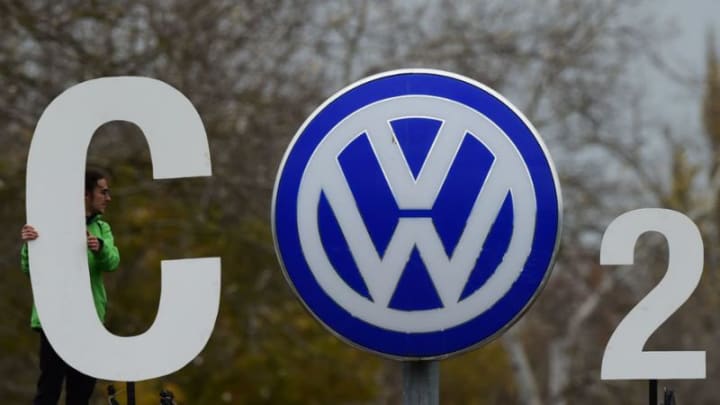
Anyone who has been paying attention to the car industry knows that there are strict regulations that deal with exhaust fumes and carbon emissions. Around 2014 and 2015, VW and other car manufacturers lied about the pollution levels their cars emitted.
This doesn't seem to be such a huge problem, but it ended up being one of the biggest investment scandals of recent history. The amount of money that it took to repair the cars, along with the massive dips in stock price, caused VW to lose billions of dollars.
The VW stock price dipped by more than 37 percent in the days following regulator's reveal of the scandal. This massive upheaval, now called Dieselgate, is still going on.
Recently, investors demanded reparations totaling over $10 billion from VW as a result of the losses incurred from the company's poor practices. How it'll unfold remains to be seen, but it seems like VW's reputation is history.
About the Creator
Cato Conroy
Cato Conroy is a Manhattan-based writer who yearns for a better world. He loves to write about politics, news reports, and interesting innovations that will impact the way we live.



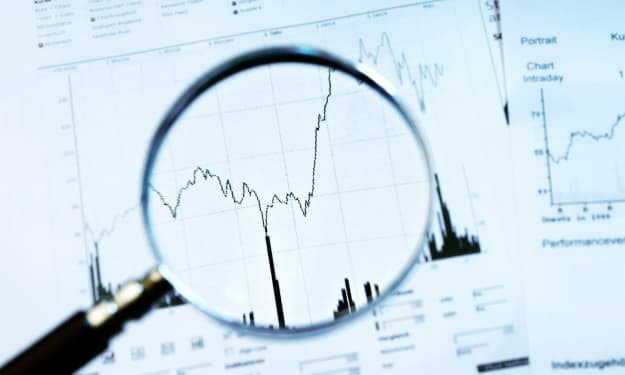



Comments
There are no comments for this story
Be the first to respond and start the conversation.